To step-up a supply voltage of 3.3 V to 5 V you should use a step up converter or also called boost converter.
Here's an example of a ready-made module from ebay:

This kind of circuit is normally used in a power bank to step-up the battery voltage (between 3.6 V and 4.2 V) to 5 V for USB.
You can also buy a separate chip and design a PCB yourself but that's some work. Also PCB layout and component choice are critical, you really must follow the recommendations in the datasheet (assuming there are any). In practice it is much easier to just get a ready-made module. Often that's much cheaper as well especially for hobbyists who aren't going to need these in large volumes.
Note that if you draw for example 100 mA from the 5 V side, that's 0.5 Watt, at the 3.3 V input you need to supply at least 0.5 W as well so that's at least 0.5W / 3.3 V = 151 mA. That excludes the power lost in the step up converter so in practice up to about 170 mA is needed.

